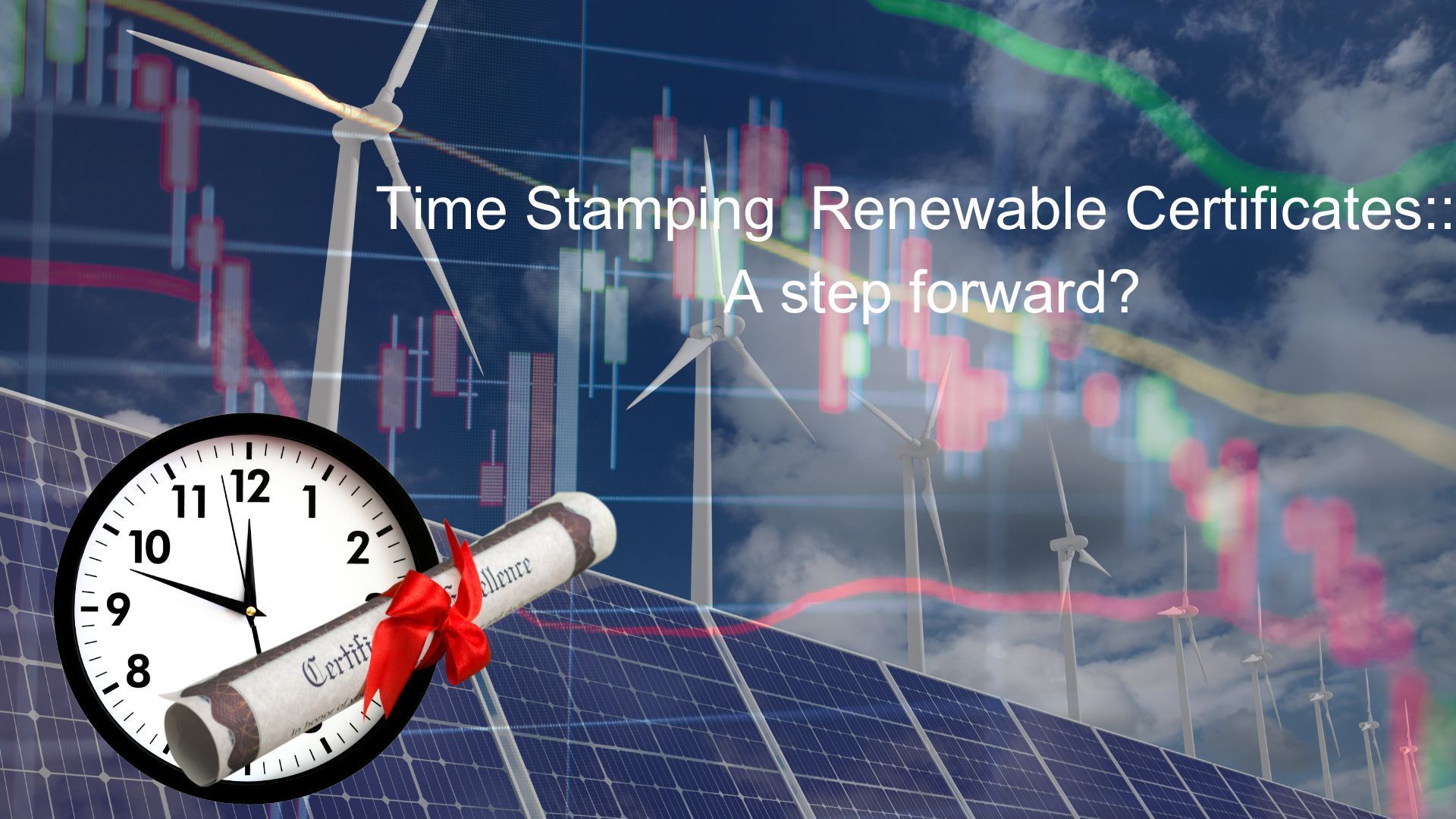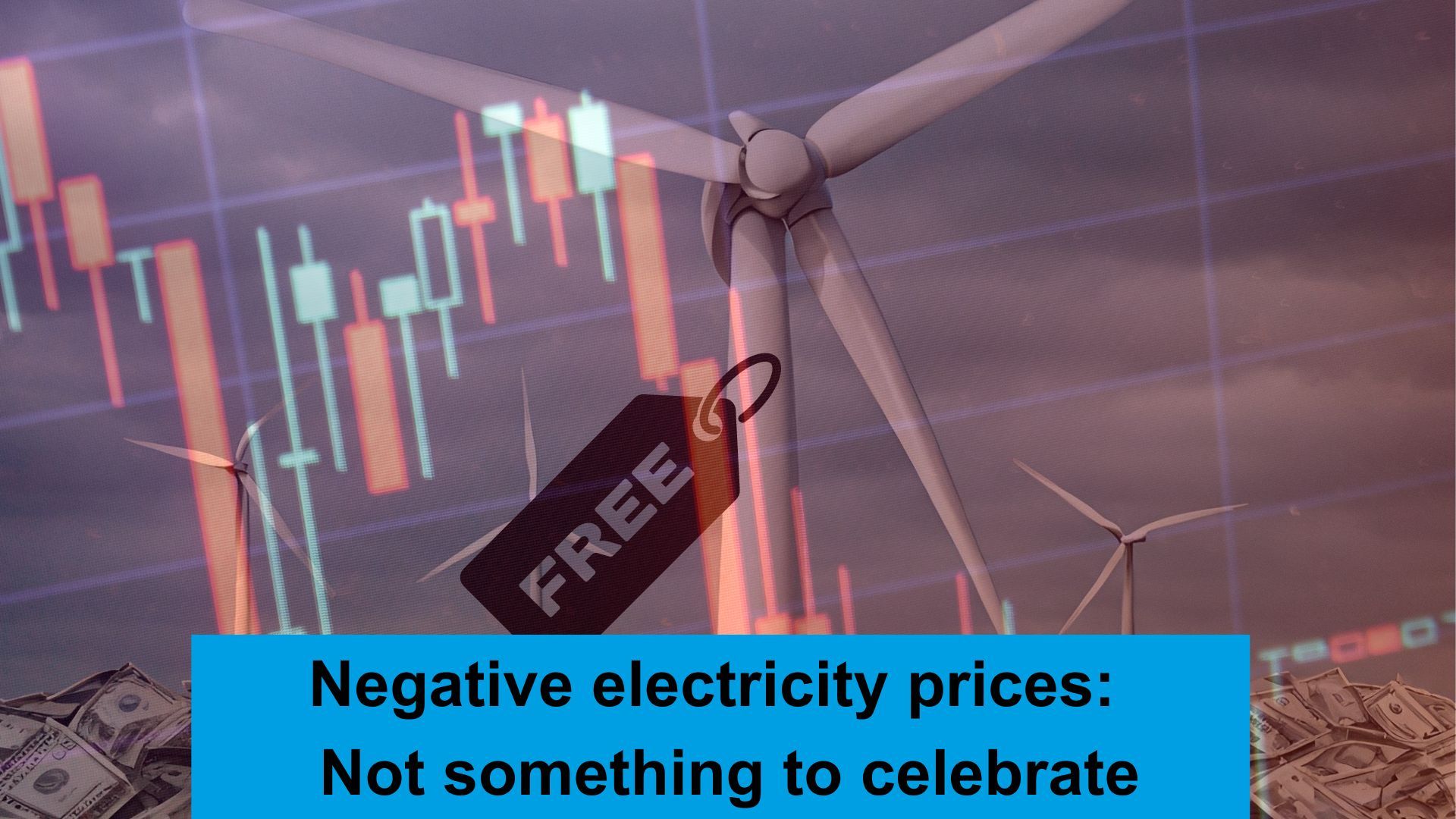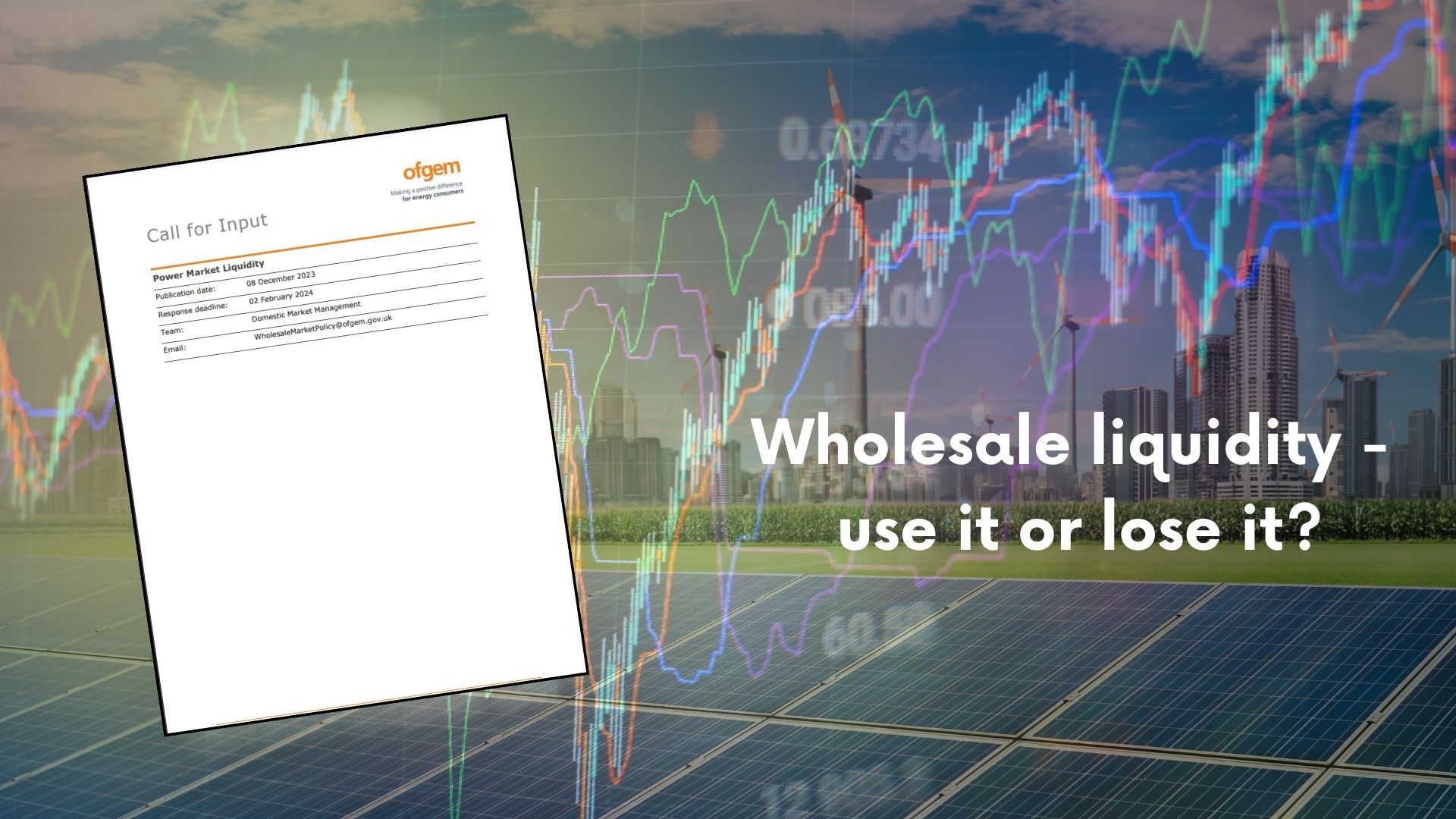Securing longer term prices may become more difficult in future

Long term wholesale market liquidity is falling.
This potentially impacts all generators that don’t have a CfD, and all customers that want cost security.
Without wholesale market liquidity, markets don’t work. Buyers and sellers cannot manage their risks, and ultimately all users pay higher costs.
GB electricity market liquidity has long been a problem, recognised by Ofgem many years ago, and never really fixed. There are both structural and economic reasons why this is the case, but changes in the market dynamics are further impacting the levels of traded liquidity.
Liquidity changes over time.
The data shown in the graph below, sourced from Ofgem, shows the ratio of liquidity between OTC and exchange traded – a proxy for long term/short term.
It shows that over recent history the level of liquidity for longer term OTC products has fallen dramatically.
The level of short term exchange transactions has recovered from the covid impact, but the ratio between exchange and off-exchange trades has fallen to less than 3 times.
As these OTC transactions cover all longer term periods, and the volume of each transaction is generally higher the decline really shows the impact on short term trades.

Why does this matter?
Liquid markets allow constant price discovery, and a reliable way to transfer risks. While some companies in receipt of subsidy payments have most of their exposure removed, the majority are exposed to illiquidity.
While CfD contracts are designed with an indexed price either day or season ahead, other generators and consumers do not have the benefit of this long-term market linked price
As a generator selling a PPA, a consumer buying a PPA or any form of contract it is important to consider longer term price impacts.
If the market makes it harder to secure a long term price easily, the option is either to take a long term fixed price (which may be off market) or take a shorter term floating price - making budgeting more complicated.
Even for customers that buy suppliers standard products there are potential risks. If suppliers struggle to back long-term products, customers will struggle to buy them.
So What....?
Thinking through how to approach the market for both current and future contracts matters. Don't assume that because a certain contract type is available today that it will be next year or the year after.
Whether you are selling or buying electricity, the market is undergoing a major change. That brings opportunities and risks that should be assessed and planned for.
Share this on social media
All Rights Reserved | Cielo Energy
REG NO: 11992760 | ICO REG NO: ZA757421










